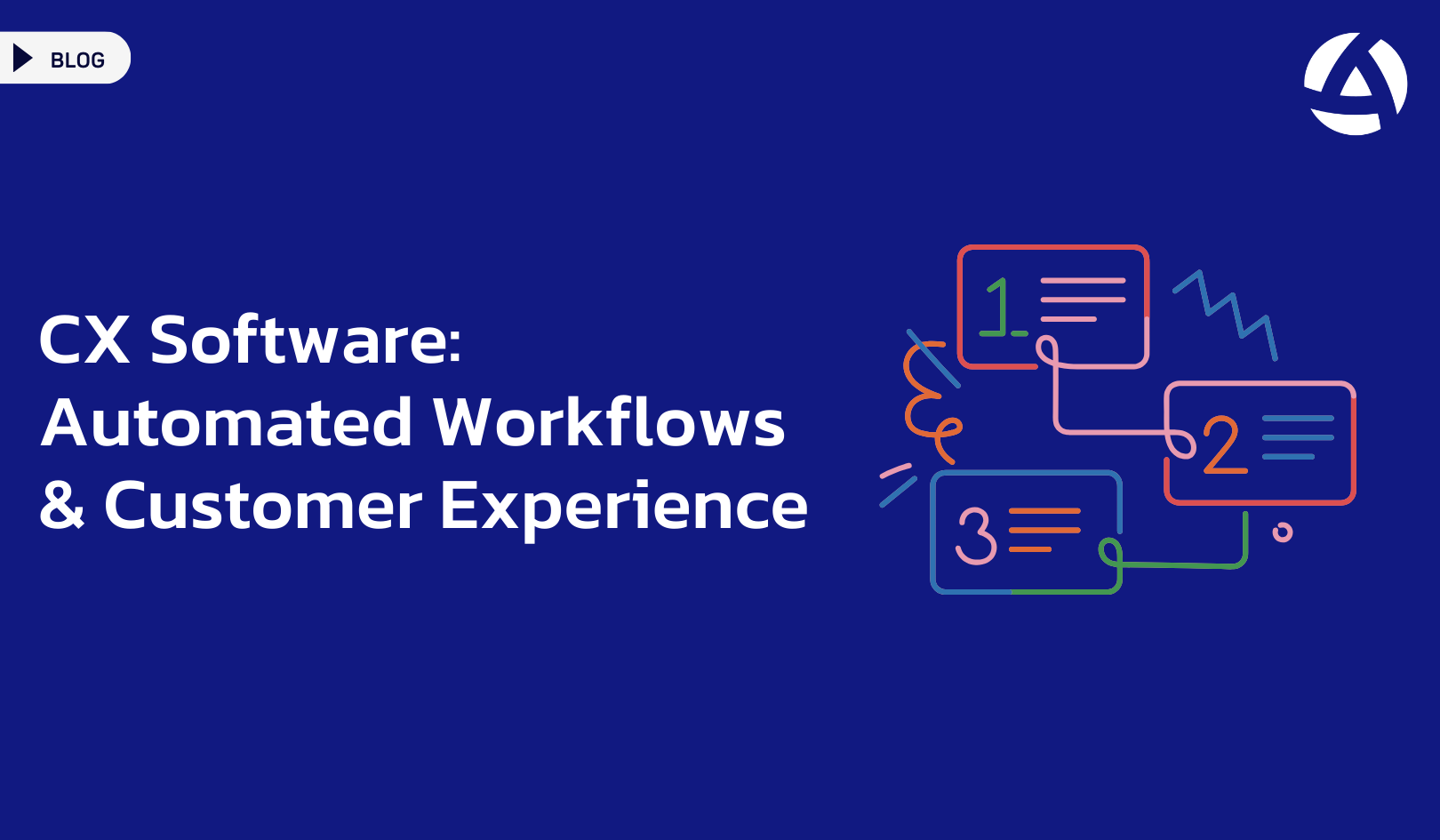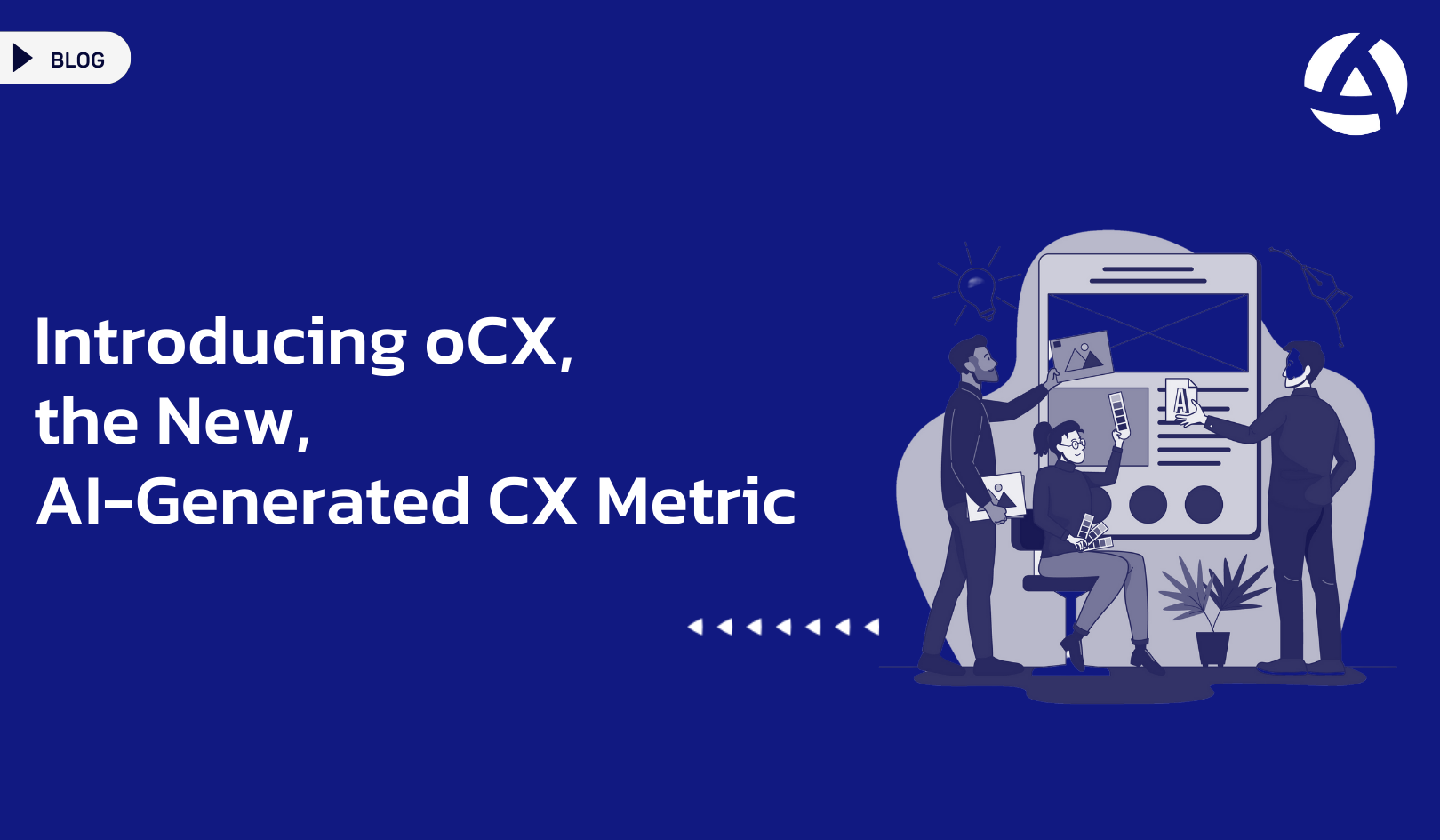Customer experience (CX) is a major focus for companies seeking to differentiate themselves in a competitive market. CX software plays a pivotal role in this effort by enabling automated workflows that can significantly improve the customer experience. Through automation, businesses can streamline processes, reduce manual errors, and deliver a more consistent and efficient service to their customers.
The Role of Automation in CX
Automation through CX software allows businesses to create workflows that automatically trigger specific actions based on certain conditions. This reduces the need for manual intervention and ensures that tasks are completed promptly and consistently.
- Reduces Response Times: Automated workflows can handle repetitive tasks, allowing customer service teams to focus on more complex issues. For instance, automated responses to common queries can free up time for agents to address more unique customer needs.
- Ensures Consistency: With automated workflows, businesses can standardize responses and actions, ensuring a consistent experience for all customers.
- Minimizes Errors: Automation reduces the likelihood of human error, ensuring that each customer receives accurate and timely information.
Key Benefits of Automated Workflows in CX Software
Implementing automated workflows through CX software offers several benefits that contribute to an improved customer experience:
-
Increased Efficiency: Automating repetitive tasks allows employees to focus on higher-value activities that require human intervention, such as problem-solving and relationship building.
-
Enhanced Customer Satisfaction: With faster response times and more accurate information, customers are more likely to have a positive experience, increasing their overall satisfaction and loyalty.
-
Cost Savings: Automation can reduce labor costs by handling routine tasks that would otherwise require employee time, allowing businesses to allocate resources more effectively.
Examples of Automated Workflows in CX
There are numerous ways that automated workflows can be implemented using CX software:
-
Automated Email Follow-Ups: After a customer interaction, automated workflows can send follow-up emails to gather feedback or provide additional information, enhancing the post-purchase experience.
-
Customer Segmentation: Automatically segmenting customers based on behavior or demographics can help in delivering personalized marketing and support, ensuring that each customer receives relevant and targeted communication.
-
Ticket Routing: CX software can automatically route customer inquiries to the appropriate department or agent based on the nature of the request, improving the efficiency and effectiveness of the support process.
Streamlining Operations with CX Software
Automated workflows are a powerful tool for streamlining operations. By reducing manual tasks and improving the speed and accuracy of customer interactions, businesses can operate more smoothly and effectively.
- Improved Workflow Visibility: Automated workflows provide clear, real-time visibility into the status of various tasks, making it easier for managers to monitor progress and make adjustments as needed.
- Seamless Integration with Other Systems: CX software often integrates with other business systems, such as CRM and ERP, allowing for automated data sharing and more cohesive operations.
Conclusion
CX software, with its capability for automated workflows, is transforming how businesses interact with customers. By automating routine tasks and providing tools for better workflow management, companies can deliver a superior customer experience that is both efficient and personalized. Embracing these technologies allows businesses to meet customer expectations more effectively, fostering loyalty and long-term success.




